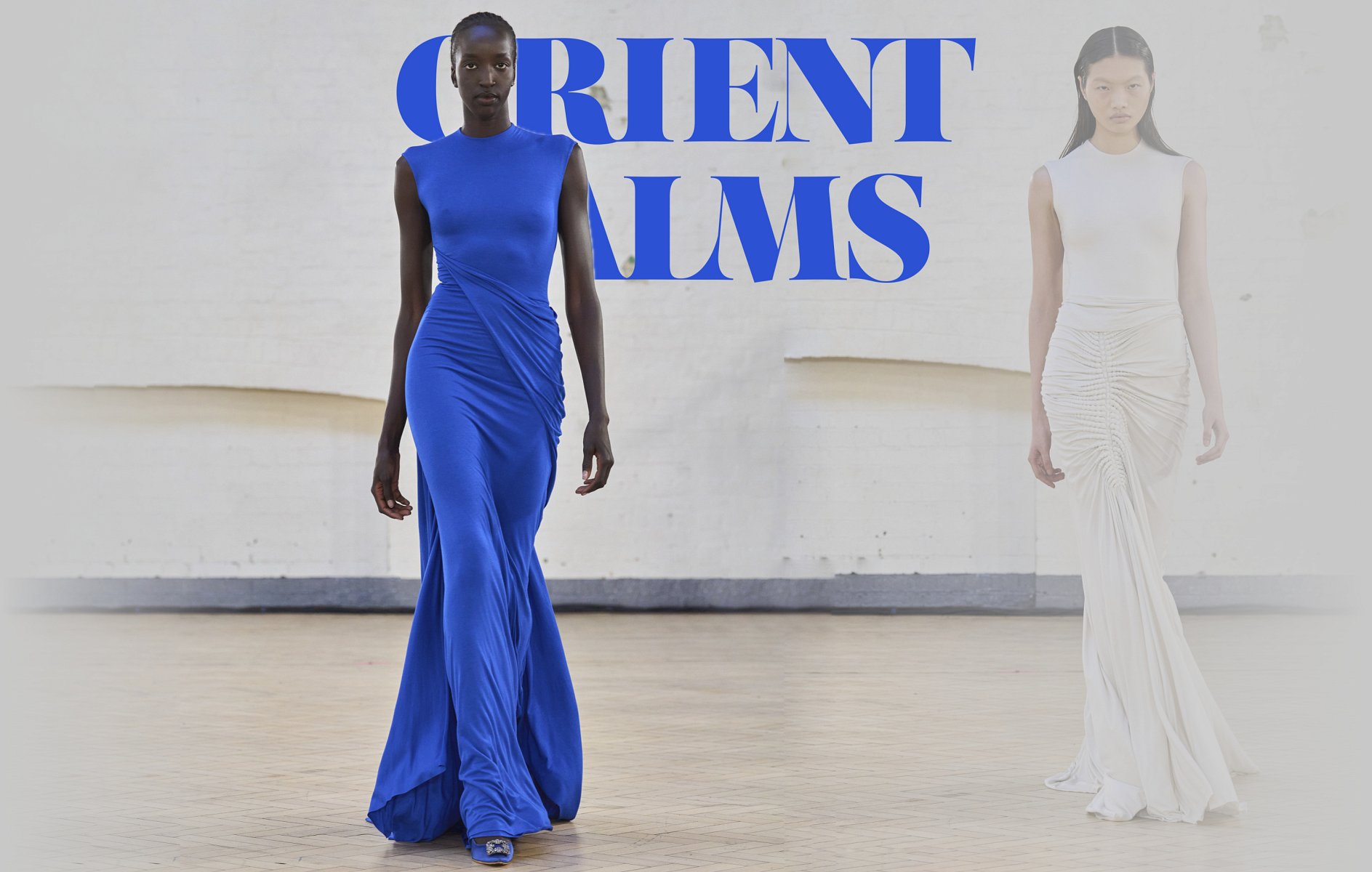Discover Typical and Modern Eastern Wear Pakistan Collections Online
Discover Typical and Modern Eastern Wear Pakistan Collections Online
Blog Article
Revealing the Rich Heritage of Eastern Style
Checking out the detailed tapestry of Eastern style reveals a world where practice fulfills innovation, and workmanship links with cultural significance. From the opulent silks of ancient empires to the intricate needlework of nomadic people, each garment informs a story that transcends time and boundaries, resembling the rich heritage and creative heritage of the East. As we peel back the layers of history and custom, a fascinating trip waits for, deciphering the keys behind the fascinating appeal and enduring influence of Eastern style on the worldwide phase.
Origin of Eastern Style

In Mesopotamia, for instance, the Sumerians and Babylonians created garments making use of linen, wool, and natural leather, adorned with complex patterns and jewelry. Ancient Egyptians are renowned for their advanced weaving skills and the use of lightweight, breathable textiles like bed linen. Chinese style emphasized the significance of color importance and intricate embroidery techniques, while Indian apparel featured vibrant shades, glamorous textiles like silk and cotton, and sophisticated drapery styles such as the saree.
These old civilizations not just influenced each other but also led the way for the culturally abundant and varied tapestry that is contemporary Eastern fashion. With centuries of evolution, Eastern style remains to prosper, mixing custom with modern impacts to produce timeless and special styles.
Social Impacts and Traditions
Drawing from centuries-old customs and beliefs, social impacts and traditions play a critical role in forming the significance of Eastern fashion (eastern wear pakistan). The rich tapestry of societies throughout Eastern areas such as Asia, the Middle East, and Africa has heavily affected the garments styles, colors, textiles, and makes that prevail in Eastern fashion today
In countries like India, Japan, and China, typical garments like sarees, cheongsams, and robes continue to hold substantial social significance and are commonly embellished with intricate embroidery or symbolic patterns that mirror deep-rooted beliefs and values. Likewise, in Center Eastern countries, the moving abayas and kaftans used by males and females not only function as small attire but likewise mirror the area's cultural heritage and Islamic customs.
Furthermore, making use of certain shades like red for excellent luck in Chinese society or intricate geometric patterns influenced by Islamic architecture further exhibit just how social influences manifest in Eastern style - eastern wear pakistan. By recognizing and protecting these cultural influences and customs, Eastern style remains to develop while remaining real to its abundant heritage
Development of Eastern Garments
With time, Eastern garments have gone through substantial improvements, mirroring a blend of custom and modernity in their style and design. Typical Eastern garments such as the saree, salwar, hanbok, and bathrobe kameez have actually advanced to integrate modern components while protecting their cultural essence.
One significant development is using innovative textiles and techniques in Eastern garment building. Typical handwoven textiles like silk and cotton have been enhanced with modern products such as polyester and blends, supplying enhanced longevity and ease of care. Furthermore, improvements in printing modern technologies have actually allowed detailed patterns and designs to be included into Eastern garments with precision and detail.
Furthermore, adjustments in shape and customizing have actually improved Eastern clothes, making them much more flexible and suitable for diverse events. Conventional dress codes have actually unwinded, permitting trial and error with colors, embellishments, and styles. This evolution has not just made Eastern garments extra appealing and accessible to an international target market but has likewise ensured their continued relevance in modern style landscapes.
Importance in Eastern Clothes
Discovering the ingrained cultural value woven right into Eastern attire introduces a rich tapestry of significance and tradition. Eastern garments are frequently imbued with symbols that show the wearer's societal this article status, spiritual beliefs, and social identity.
Furthermore, certain garments hold symbolic significances. Its layout, fabric, and even the method it is put on all bring deep cultural significance.

Effect of Eastern Style Today

The incorporation of Eastern aspects in Western style has resulted in a blend of styles that deal with varied tastes and preferences (eastern wear pakistan). Developers often attract inspiration from Eastern materials, shapes, and patterns, creating distinct and ingenious pieces that mix typical and contemporary looks. This cross-cultural exchange has not only renewed the apparel industry but additionally cultivated a deeper appreciation for Eastern heritage and craftsmanship
Additionally, the rise of digital platforms and social media has even more enhanced the impact of Eastern style, allowing brands and developers to get to a larger target market and showcase their social heritage to the world. Through cooperations, style programs, and more information on the internet projects, Eastern fashion continues to advance and thrive in today's dynamic and interconnected international landscape.
Conclusion
In verdict, the rich heritage of Eastern fashion is a testament to the cultural impacts, elaborate workmanship, and extensive symbolism installed in each garment. From old people to contemporary analyses, Eastern fashion continues to mesmerize with its distinct mix of custom and innovation. The influence of Eastern style today works as a reminder of the classic sophistication and imaginative expression that have actually made it a global phenomenon commemorated for its abundant cultural heritage.
Exploring the intricate tapestry of Eastern fashion reveals a globe where practice fulfills development, and workmanship intertwines with social symbolism.The withstanding symbolism and social value installed in Eastern outfit continue to form and affect the contemporary influence of Eastern fashion today. Eastern style has transcended borders, coming to be a worldwide phenomenon embraced by developers, celebs, and fashion enthusiasts worldwide.In verdict, the rich heritage of Eastern style is a testimony to the cultural impacts, detailed workmanship, and extensive meaning installed in each garment. The influence of Eastern style today serves as a tip of the timeless sophistication and creative expression that have actually made it a global phenomenon commemorated for its rich cultural heritage.
Report this page